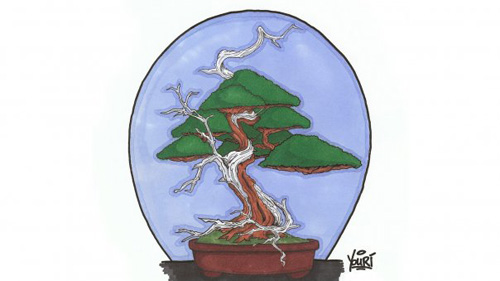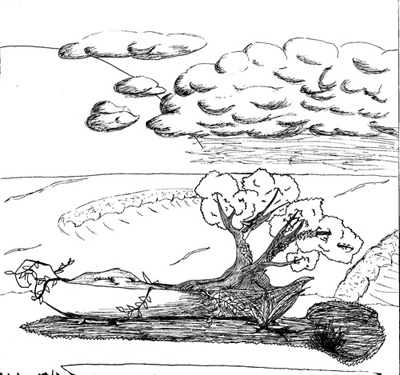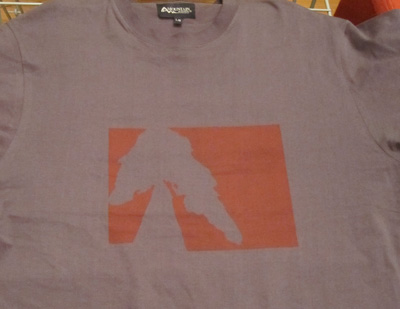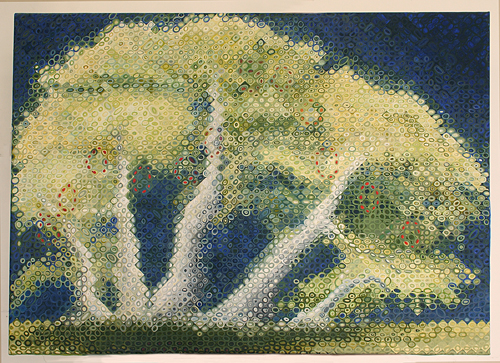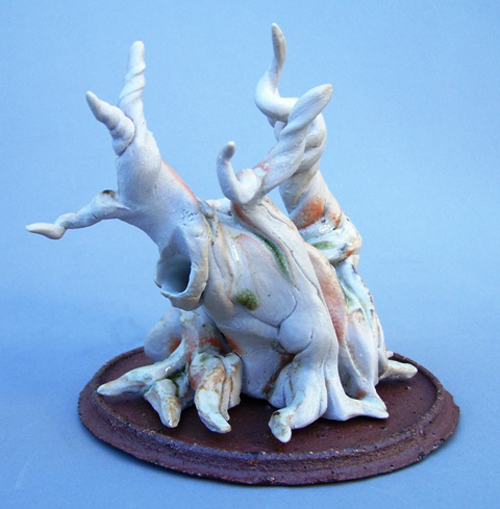
115 years in training! This dignified old Zelkova serrata lives at the National Bonsai and Penjing Museum. It was donated by Yoshibumi Itoigawa and has been in training since 1895.
The photos in this post are from last year’s Autumn Arts of Nature exhibition at the National Bonsai & Penjing Museum in Washington DC.
Yosa Buson (1716-83)
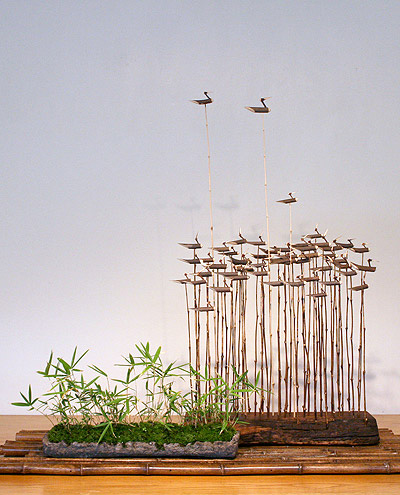
Sotdae. Kusamono: Pygmy bamboo (Pleioblastus pygmaeus) & Wild Ducks. Artwork created by Sam-Kyun Yoon. Inspired by a traditional Korean folk art called sotdae. Placing large sotdae at the entrance to a village is a very old Korean tradition still practiced today. The carved ducks atop tall wooden poles are thought to guard against calamities and disasters.
Source: Bonsai Bark Read more!














 This stellar saikei by Johnny Uchida was sent to us by Noah. Johnny Uchida is the owner of Grove Way Nursery in Hayward, California.
This stellar saikei by Johnny Uchida was sent to us by Noah. Johnny Uchida is the owner of Grove Way Nursery in Hayward, California.